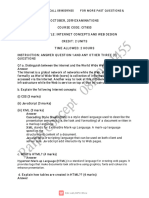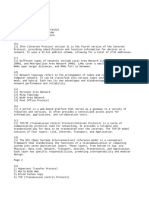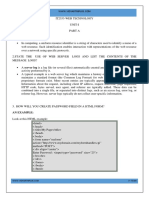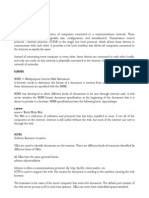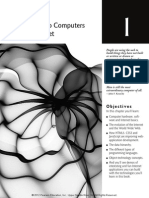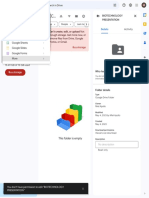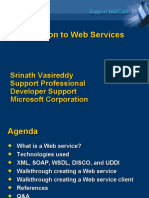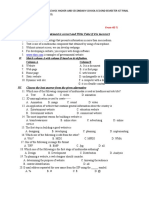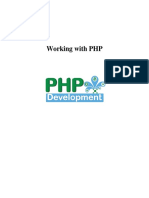0% found this document useful (0 votes)
4 views8 pagesWeb Development Mid Answer
The document provides an overview of web programming, including definitions of the World Wide Web and the Internet, and discusses key protocols such as HTTP, DNS, and URL. It explains the OSI model and the role of HTML, along with its advantages and disadvantages. Additionally, it covers organizations like IETF and W3C, and differentiates between Internet, Intranet, and Extranet, while also mentioning types of ports related to web communication.
Uploaded by
Farhad HossenCopyright
© © All Rights Reserved
We take content rights seriously. If you suspect this is your content, claim it here.
Available Formats
Download as PDF, TXT or read online on Scribd
0% found this document useful (0 votes)
4 views8 pagesWeb Development Mid Answer
The document provides an overview of web programming, including definitions of the World Wide Web and the Internet, and discusses key protocols such as HTTP, DNS, and URL. It explains the OSI model and the role of HTML, along with its advantages and disadvantages. Additionally, it covers organizations like IETF and W3C, and differentiates between Internet, Intranet, and Extranet, while also mentioning types of ports related to web communication.
Uploaded by
Farhad HossenCopyright
© © All Rights Reserved
We take content rights seriously. If you suspect this is your content, claim it here.
Available Formats
Download as PDF, TXT or read online on Scribd
/ 8





